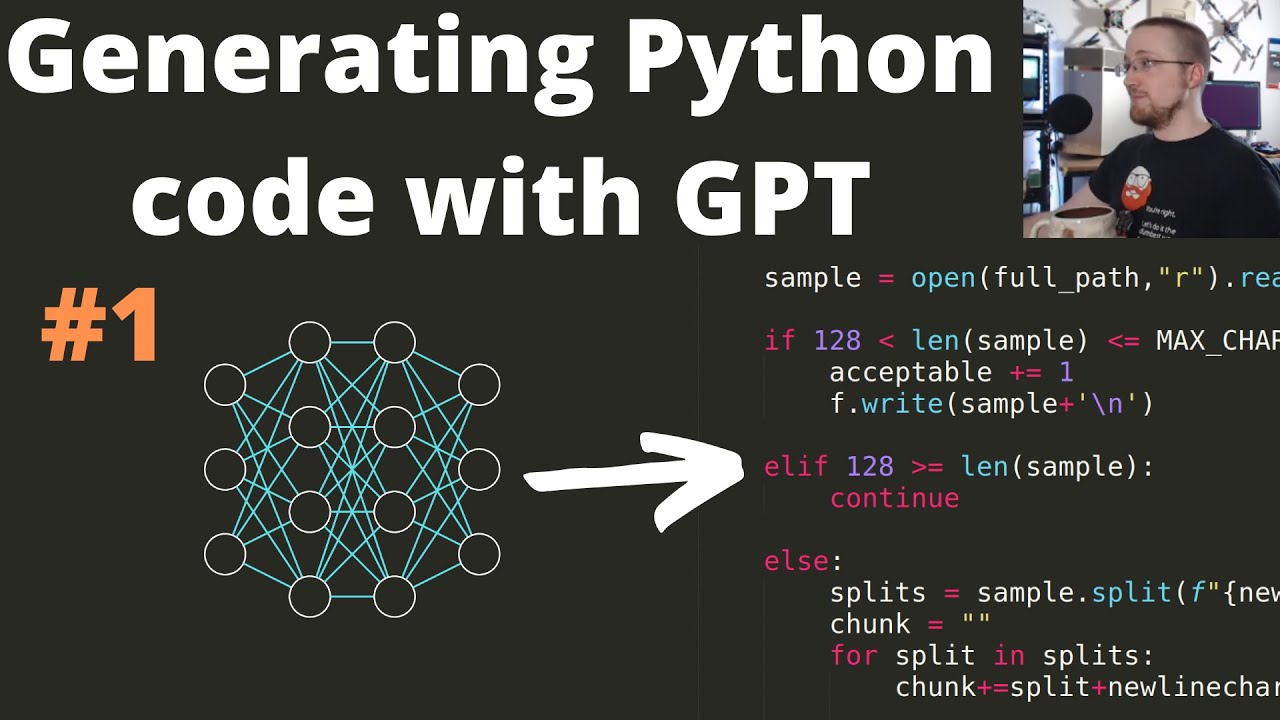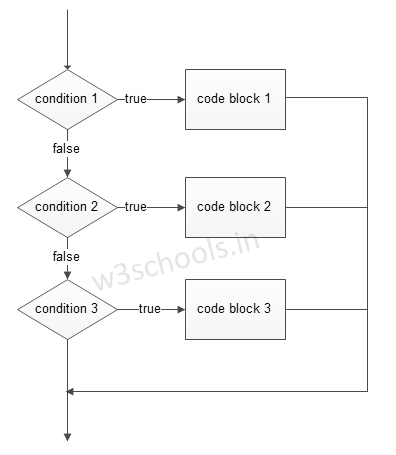Python set Methods
Python set Methods

Here's a detailed explanation of various set methods in Python:

1. set() function: This is used to create a new set object. The argument passed should be iterable (can be a list, tuple, dictionary, etc.) and this method will automatically remove any duplicates.
Example:
set1 = set([1, 2, 3, 4, 5])
print(set1) # Output: {1, 2, 3, 4, 5}
2. update() method: This is used to add elements from another set or any iterable to the current set.
Example:
set1 = set([1, 2, 3])
set2 = set([3, 4, 5])
set1.update(set2)
print(set1) # Output: {1, 2, 3, 4, 5}
3. intersect() method: This is used to find the common elements between two sets.
Example:
set1 = set([1, 2, 3, 4, 5])
set2 = set([3, 4, 5, 6, 7])
print(set1.intersection(set2)) # Output: {3, 4, 5}
4. union() method: This is used to combine two sets into one.
Example:
set1 = set([1, 2, 3])
set2 = set([3, 4, 5])
print(set1.union(set2)) # Output: {1, 2, 3, 4, 5}
5. difference() method: This is used to find the elements in one set that are not present in another.
Example:
set1 = set([1, 2, 3])
set2 = set([3, 4, 5])
print(set1.difference(set2)) # Output: {1, 2}
6. symmetric_difference() method: This is used to find the elements that are not common between two sets.
Example:
set1 = set([1, 2, 3])
set2 = set([3, 4, 5])
print(set1.symmetric_difference(set2)) # Output: {1, 2, 4, 5}
7. isdisjoint() method: This is used to check if two sets are disjoint (have no elements in common).
Example:
set1 = set([1, 2, 3])
set2 = set([4, 5, 6])
print(set1.isdisjoint(set2)) # Output: True
8. issubset() method: This is used to check if one set is a subset of another.
Example:
set1 = set([1, 2, 3])
set2 = set([1, 2, 3, 4, 5])
print(set1.issubset(set2)) # Output: True
9. issuperset() method: This is used to check if one set is a superset of another.
Example:
set1 = set([1, 2, 3])
set2 = set([1, 2, 3])
print(set1.issuperset(set2)) # Output: True
10. copy() method: This is used to create a copy of the current set.
Example:
set1 = set([1, 2, 3])
set2 = set1.copy()
print(set1) # Output: {1, 2, 3}
print(set2) # Output: {1, 2, 3} (newly created)
What are list methods in Python?
List methods in Python are a set of built-in functions that can be used to manipulate and operate on lists. These methods allow you to perform various operations on lists, such as adding, removing, manipulating, or searching for elements.
Here are some common list methods in Python:
append(): This method adds an element to the end of a list. It takes one argument: the element to be added. For example:insert(): This method inserts an element at a specific position in the list. It takes two arguments: the index where the element should be inserted, and the element to be added.my_list = [1, 2, 3]my_list.append(4)
print(my_list) # Output: [1, 2, 3, 4]
extend(): This method adds multiple elements to a list at once. It takes one argument: an iterable (such as another list or tuple).my_list = [1, 2, 3]my_list.insert(1, 'Hello')
print(my_list) # Output: [1, 'Hello', 2, 3]
remove(): This method removes the first occurrence of a specified element from a list. It takes one argument: the element to be removed.my_list = [1, 2, 3]my_list.extend([4, 5, 6])
print(my_list) # Output: [1, 2, 3, 4, 5, 6]
index(): This method returns the index of the first occurrence of a specified element in a list.my_list = [1, 2, 2, 3]my_list.remove(2)
print(my_list) # Output: [1, 2, 3]
count(): This method returns the number of occurrences of a specified element in a list.my_list = [1, 2, 3]index = my_list.index(2)
print(index) # Output: 1
sort(): This method sorts the elements of a list in ascending or descending order. It can take an optional argument:my_list = [1, 2, 2, 3]count = my_list.count(2)
print(count) # Output: 2
reverse, which is set to False by default.
reverse(): This method reverses the order of elements in a list.my_list = [4, 2, 1, 3]my_list.sort()
print(my_list) # Output: [1, 2, 3, 4]
clear(): This method removes all elements from a list.my_list = [1, 2, 3]my_list.reverse()
print(my_list) # Output: [3, 2, 1]
pop(): This method removes an element at a specific position in the list and returns it. If no index is specified, it removes the last element in the list.my_list = [1, 2, 3]my_list.clear()
print(my_list) # Output: []
my_list = [1, 2, 3]popped_element = my_list.pop(1)
print(popped_element) # Output: 2
These are just a few examples of the many list methods available in Python. Understanding how to use these methods effectively can help you write more efficient and powerful code.
Additional list methods include:
copy(): Creates a copy of a list. freeze(): Not supported in modern versions of Python; was used to freeze a list so it couldn't be modified. get(): Returns the value at a specified index if the index is valid, or a default value if it's not. (Added in Python 3.5) set(): Sets an element at a specific position in the list. (Added in Python 3.5) `del**: Deletes an element at a specific position in the list.
Remember to always use these methods in conjunction with best practices for writing readable, maintainable code.





























